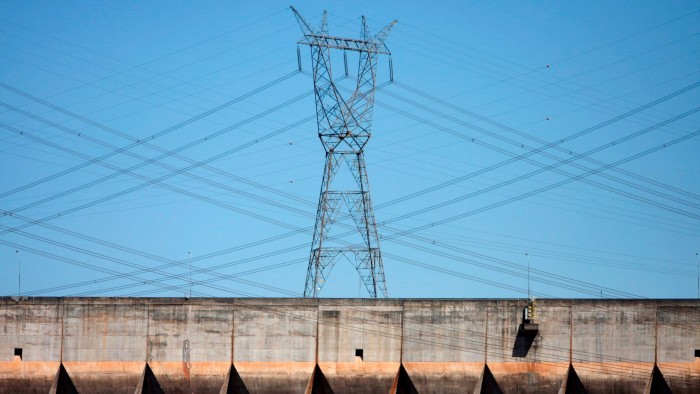Stay informed with free updates
Simply sign up to the Renewable energy myFT Digest — delivered directly to your inbox.
Google has reached a $3bn deal to access hydroelectric power from Brookfield’s renewables arm, part of a race to secure clean energy to meet booming power demand from cloud computing and artificial intelligence.
The two 20-year power purchase agreements, the largest of their kind for hydropower, will first deliver up to a total of 670 megawatts of power from Brookfield’s Holtwood and Safe Harbor facilities in Pennsylvania, which the asset manager acquired in 2015 and 2014, respectively.
Google will have the option of procuring power from a total of 3 gigawatts worth of hydroelectric assets through future projects, including upgrading hydro installations. Power from these facilities that is not required by the tech giant will be funnelled to electricity markets across the US.
The deal is part of an effort to “responsibly grow the digital infrastructure that powers daily life for people, communities and businesses”, Google said.
It comes as technology companies rush to meet AI’s intense energy demands while easing concerns about the environmental impact of the technology.
While data centre developers have previously struck similar deals to finance wind and solar farms, the focus on hydropower reflects a political and regulatory shift towards “firm” sources of renewable energy — which provide a consistent power supply regardless of the weather or time of day.
Social media group Meta in June agreed to buy the output of a nuclear plant in Illinois for two decades.
US President Donald Trump’s so-called big, beautiful fiscal bill, which was passed this month, retained production and investment tax credits for hydropower until 2036. Wind and solar projects will lose these credits unless they are placed in service by the end of 2027 or begin construction within the next twelve months.
According to data from the International Energy Agency, by 2030 the US will consume more energy for processing data than for manufacturing aluminium, steel, cement and chemicals combined.
Globally, data centres could consume 945 terawatt hours of electricity by 2030, the IEA said.
“Our partnership with Google demonstrates the critical role that hydropower can play in helping hyperscale [data centre] customers meet their energy goals,” said Connor Teskey, president of Brookfield Asset Management.
“Delivering power at scale and from a range of sources will be required to meet the growing electricity demands from digitalisation and artificial intelligence,” he said.
In response to booming data centre demand, customer advocates have raised concerns over the impact of ballooning power demand on household prices.
Industry figures have pushed direct power purchase agreements — like Tuesday’s deal — as a way for tech giants such as Google, Microsoft, Amazon and Meta to help pay for extra generating capacity, easing capacity and cost pressures.
